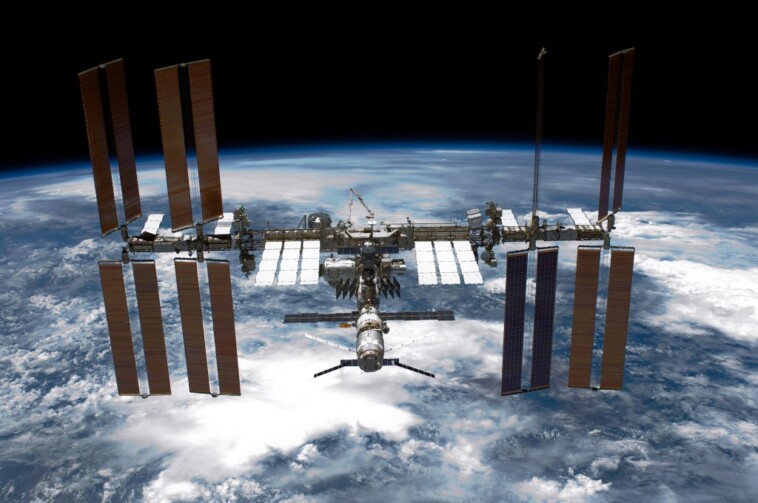Say dasvidaniya to their air.
A Russian section of the International Space Station subject to “cracks and air leaks” has been deemed a “top safety risk” in a new NASA report released Thursday.
The leak, found within a tunnel that connects to a docking station, has been monitored since 2019 and was noted in 2021 official documents. However, NASA “identified an increase in the leak rate” last February, and this week’s report states “the root cause of the leak remains unknown.”
The U.S. is collaborating with the Russian space program, Roscosmos, to ascertain its source on board the dated station. The report noted that “both agencies have narrowed their focus to internal and external welds” at this time.
In a worst-case scenario, the Russians may need to permanently shut down the hatch area around the leaks, leaving their section with only three docking ports, reported Ars Technica.
The outlet previously reported that the leak was given the highest threat level on the ISS “risk matrix” in June for both likelihood and consequences as well.
Around that time, the ISS and Roscosmos met to go over “heightened concerns with the increased leak rate,” the report states.
The Russians are “confident” they will get things under control “prior to the leak rate reaching an untenable level,” according to the report.
“However, NASA and Roscosmos have not reached an agreement on the point at which the leak rate is untenable.”
Questions also remain for the lifespan of the ISS beyond the year 2030.
For vital safety certifications, NASA is trusting the manufacturer Boeing — which thus far has an abysmal 2024 track record — to handle testing and analyzing “critical structures” — Boeing.
“NASA officials stated they have confidence in Boeing’s ability to make this final certification,” the report said, “through robust testing, forecasting, and analysis at levels of utilization and wear-and-tear beyond maximum use to develop the most conservative end-of-life timeline.”
Boeing, on top of several other recent commercial aviation blunders, is responsible for making the faulty spacecraft that left two NASA astronauts stranded on board the station until early 2025.
In the wake of that drama, the company recently ousted the big wig in charge of its space wing.





